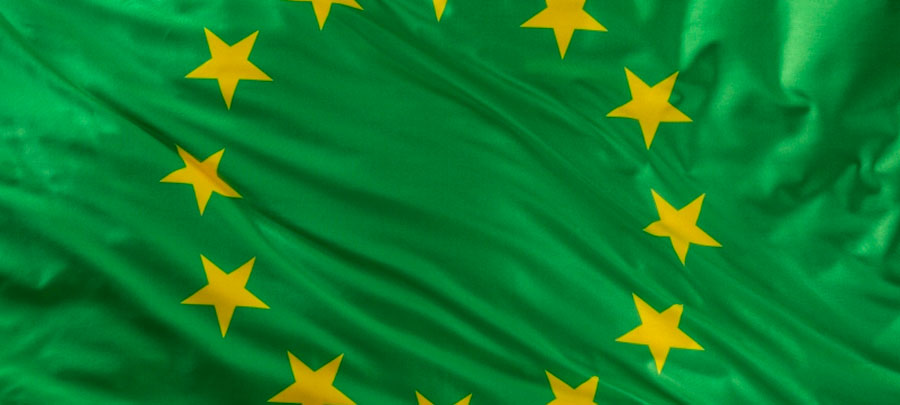The European Green Deal Explained (in 5 Minutes)
Reading time: 5 minutes
Reading time: 5 minutes

The European Union is becoming more and more an active player in the climate transition. We hear about more and more legislations, directives and proposals being presented to the European Parliament and Commission aiming at creating a more sustainable society.
Most likely, these actions taken by the EU are part of the European Green Deal. In this article we’ll briefly explain what it is, what kind of initiatives it includes and what consequences this deal will have on society.
The Green Deal is a document on the EU’s strategy to become climate neutral by 2050. The goal of this document is to reach the commitments of the Paris Agreement, namely to maintain the increase in temperature under 2°C or 1,5°C compared to preindustrial levels. This will be done by reaching a first stepping stone in 2030 with a reduction of greenhouse gas emissions by 50-55%.
The Green Deal is based on three main goals: 1) having no net emissions of greenhouse gases by 2050; 2) decoupling economic growth from resource use; 3) leaving no one behind during the transition.
To do so, the EU has deployed 1,8 trillion euros, that will be injected into the European private and public sector, to support initiatives that accelerate the transition to a more sustainable system. With this budget, the EU wants to create an economical system that is independent resource-wise.
The Green Deal includes a number of different initiatives involving many sectors, such as agriculture, food, energy, mobility, etc.
The European climate law regulation, for example, turns the EU Green Deal’s goals into a legal obligation. Fit for 55 is a package of proposals aiming at revising legislation related to climate, energy and transport, while the EU biodiversity strategy for 2030, as you can guess, aims at recovering Europe’s biodiversity.
One of the strategies adopted to cut emissions is introducing the obligation for some companies to publish non-financial reports. The Corporate Sustainability Reporting Directive (CSRD) is an example of a directive that aims at revolutionising the way companies report in order to hold them more and more accountable about their sustainability. Read our guide on the CSRD if you want to discover more.
The main consequence will be the transformation of the European Union’s economy. In other words, the EU Green Deal will:
The Green Deal also addresses the EU’s global strategy to become a world leader in terms of climate initiatives. In order to achieve the goals set by the Paris Agreement, the EU is working with other global players. Since its publication, other ambitious climate projects have emerged, such as the American Green New Deal or China’s Great Green Reset.
Cutting greenhouse gas emissions is one of the main strategies adopted by the Green Deal to limit the rise of temperatures. To do so, all actors have to become active players in the climate transition. If you’re a company, you can start by becoming aware of the sources of your emissions and a strategy to tackle them. You need the help of an expert?